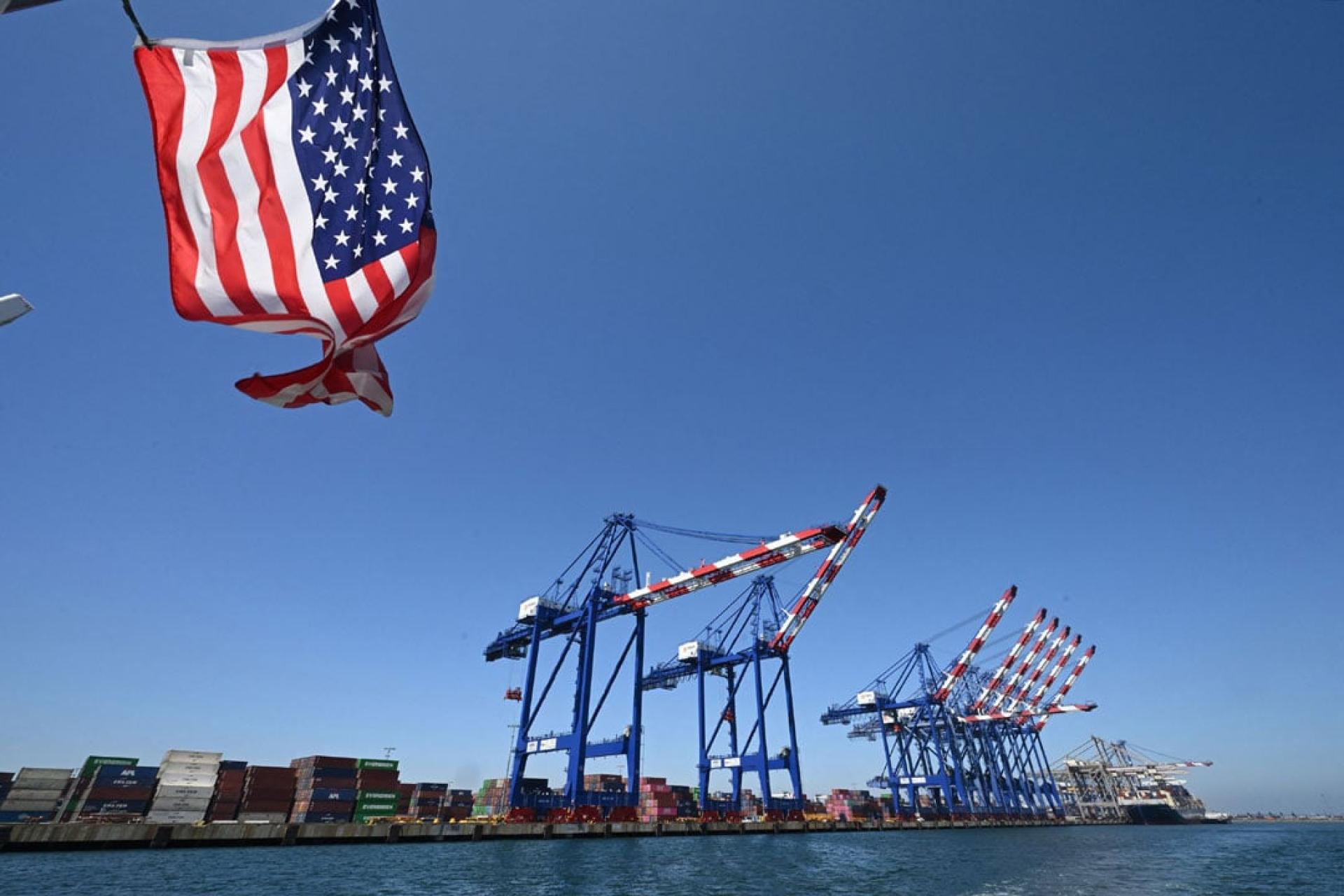On July 31, U.S. President Trump signed an executive order implementing 'reciprocal tariff' rates for 92 global trading partners, ranging from 10% to 41%, effective August 7.
Among Southeast Asian countries, Myanmar and Laos face the highest rate at 40%, while Cambodia and Vietnam see the largest changes. Cambodia's rate drops from 49% to 19%; Vietnam's from 46% to 20%.
The list published this time by the White House did not mention Singapore. However, the executive order on the White House website noted that countries or regions not included in the order will face a 10% tariff on goods exported to the U.S., so Singapore's rate is expected to remain at 10%.
The U.S. recently reached an agreement with Indonesia, similar to talks with Japan—Japan increases investment while the U.S. gains broader market access. Mutual tariff reductions and market opening are central to the negotiations.
Indonesia has promised to increase investment in the U.S. and open certain sensitive markets, in exchange for reduced tariffs on Indonesian goods. This move is seen as a key step to promote bilateral economic cooperation and industrial chain integration.
●Thailand: Major Victory
Thailand said that President Trump's move to lower its tariff rate from the previously announced 36% to 19% is a "major victory."
Thai government spokesperson Jirayut stated on the 1st: "This is a win-win initiative that safeguards Thai exports and long-term economic stability."
Comparing Southeast Asian countries to the rates announced on 'Liberation Day,' April 2:
Myanmar: 44% → 40%
Laos: 48% → 40%
Brunei: 24% → 25%
Vietnam: 46% → 20%
Malaysia: 24% → 19%
Indonesia: 32% → 19%
Philippines: 17% → 19%
Cambodia: 49% → 19%
Thailand: 36% → 19%
Laos: 48% → 40%
Brunei: 24% → 25%
Vietnam: 46% → 20%
Malaysia: 24% → 19%
Indonesia: 32% → 19%
Philippines: 17% → 19%
Cambodia: 49% → 19%
Thailand: 36% → 19%
